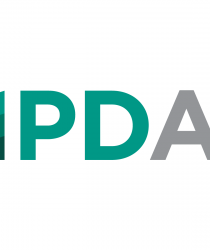
Integrated Model of Facilitation Components
Facilitation, animation, and coaching are three crucial components within the construction industry, particularly in the context of Integrated Project Delivery (IPD) processes. These components serve different purposes but are often interconnected, enhancing collaboration and project outcomes. This paper by Monette, Coulombe, and Drouin provides a deep dive into the distinctions and integrative aspects of these three practices, proposing an integrated model that can significantly improve collaborative project execution.
The integrated model proposed in this paper combines these elements to provide a comprehensive approach to facilitation. The model suggests that successful facilitation involves:
- **Preparedness and planning**: Ensuring facilitation is thoughtfully planned and contextually appropriate.
- **Dynamic interaction**: Engaging participants through effective animation tactics that foster interaction and communication.
- **Mentorship and support**: Coaching teams to foster professional growth and enhance performance.
This framework not only delineates the roles of facilitation, animation, and coaching but also emphasizes the importance of flexibility and the ability to transition seamlessly between different facilitation components. The authors suggest that mastering these transitions is key to maintaining impartiality and effectively supporting collaborative processes in construction projects.
The insights provided in this paper are invaluable for practitioners and researchers aiming to optimize collaboration and project outcomes in the construction industry. The integrated model serves as a robust framework for enhancing the effectiveness of project facilitation, promising improved project performance and success.
For further details and a more in-depth exploration of these components, interested readers can access the full paper through the provided link to the published formal document.